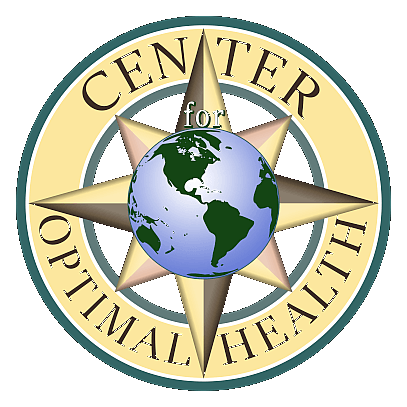_z-indexes
Diiodothyronine-T2
Thyroid Program
IMPORTANT NOTICE
This information is for educational purposes only, to facilitate quality conversations between patients and their personal physician(s). Several essential considerations are required to safely administer any protocol for an individual. This information is NOT intended to diagnose, treat or encourage self-treatment of any medical condition.
This page is under development. Working links will provide starting information. Please let us know about your interest in this page by emailing us here, and check back soon.
File Access
Liothyronine-T3 Copy
Thyroid Program
IMPORTANT NOTICE
This information is for educational purposes only, to facilitate quality conversations between patients and their personal physician(s). Several essential considerations are required to safely administer any protocol for an individual. This information is NOT intended to diagnose, treat or encourage self-treatment of any medical condition.
This page is under development. Working links will provide starting information. Please let us know about your interest in this page by emailing us here, and check back soon.
File Access
Succinate
Amino Acids
Neurotransmitters
IMPORTANT NOTICE
This information is for educational purposes only, to facilitate quality conversations between patients and their personal physician(s). Several essential considerations are required to safely administer any protocol for an individual. This information is NOT intended to diagnose, treat or encourage self-treatment of any medical condition.
This page is under development. Working links will provide starting information. Please let us know about your interest in this page by emailing us here, and check back soon.




